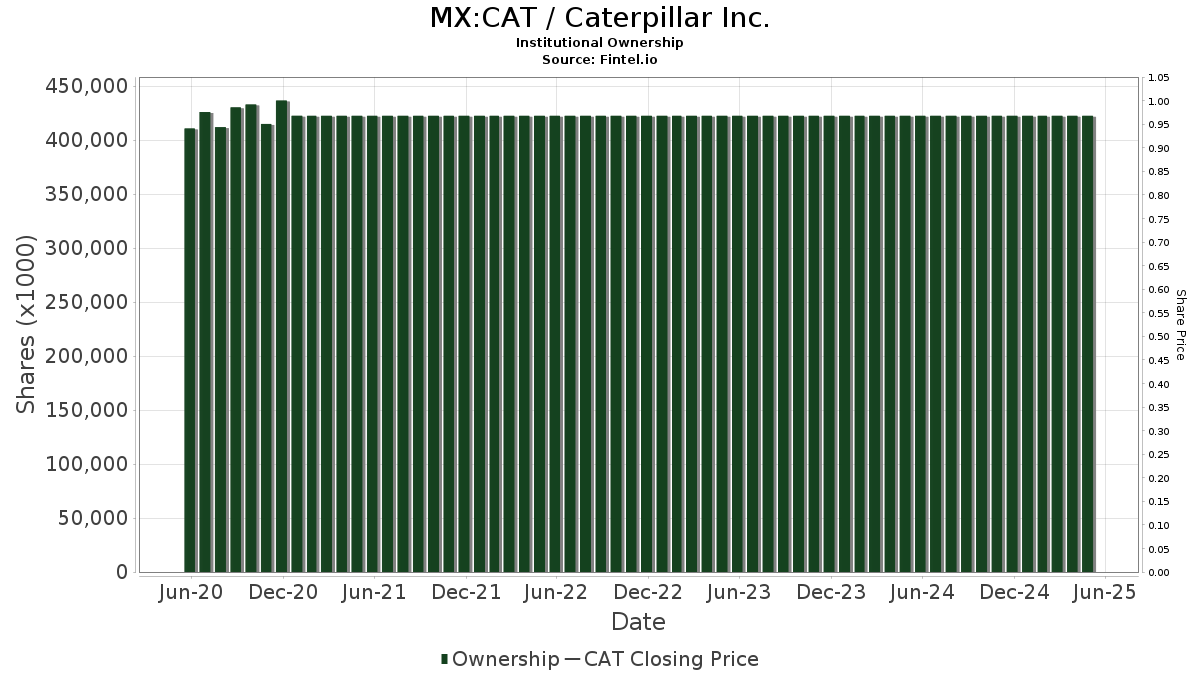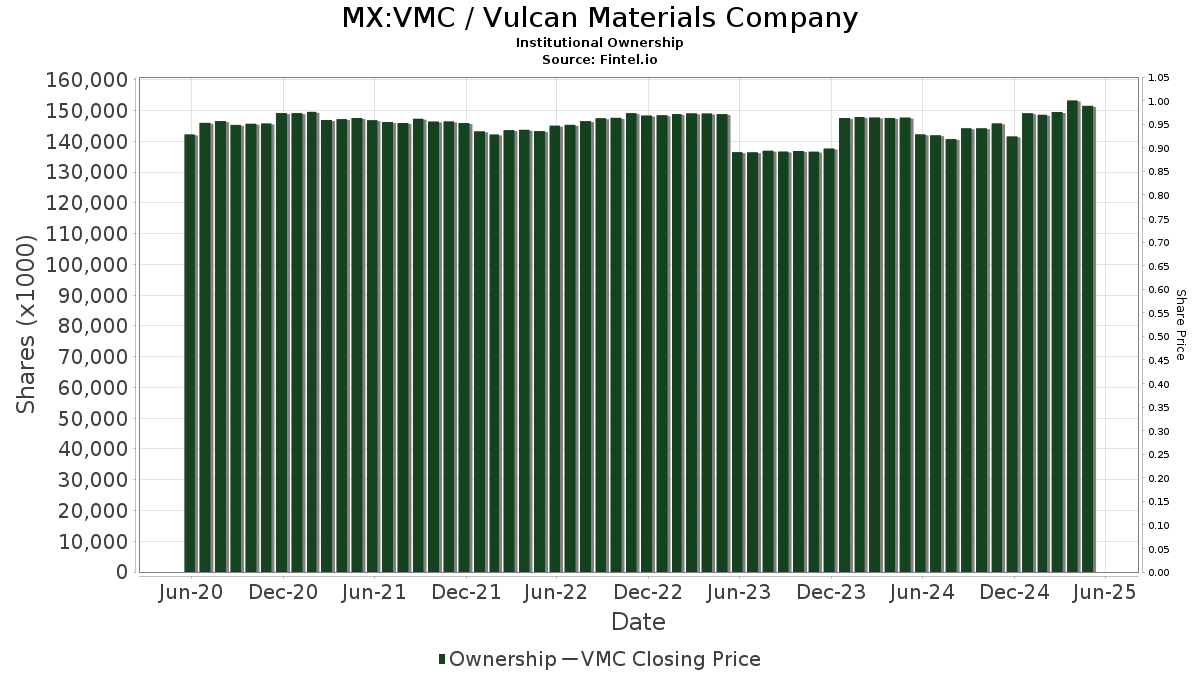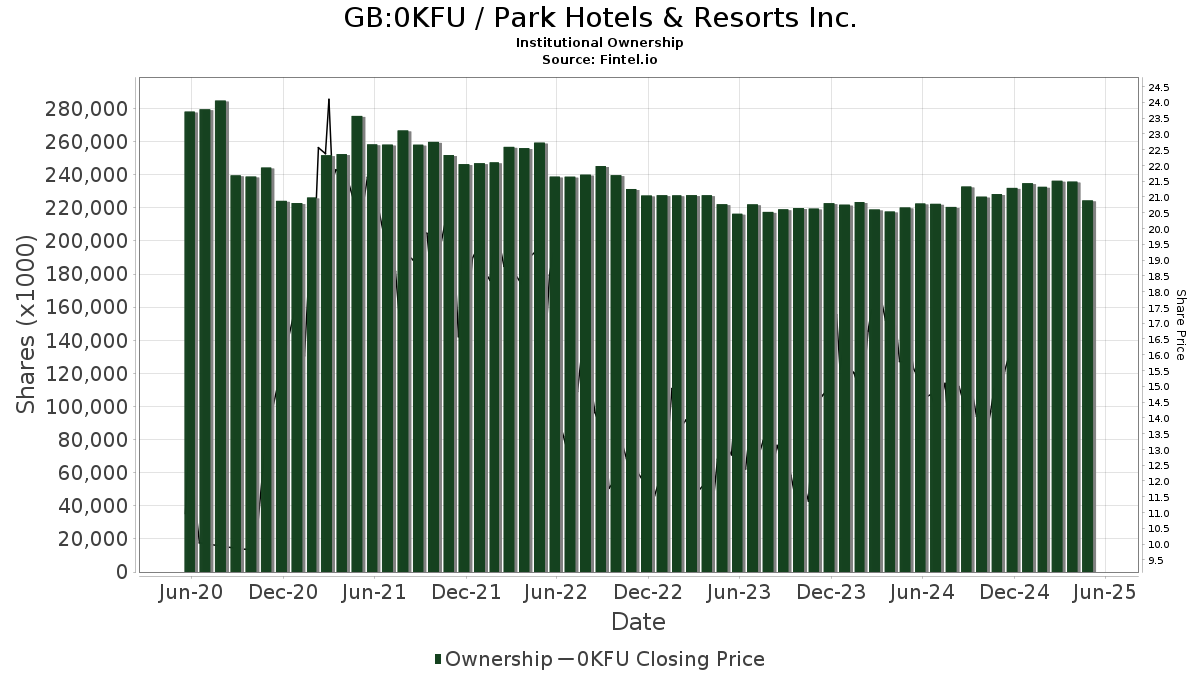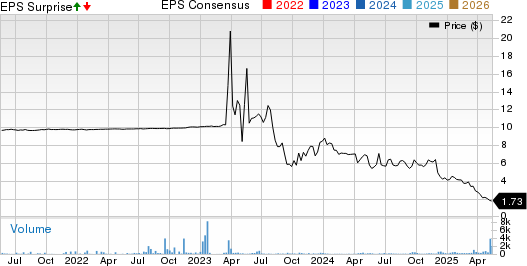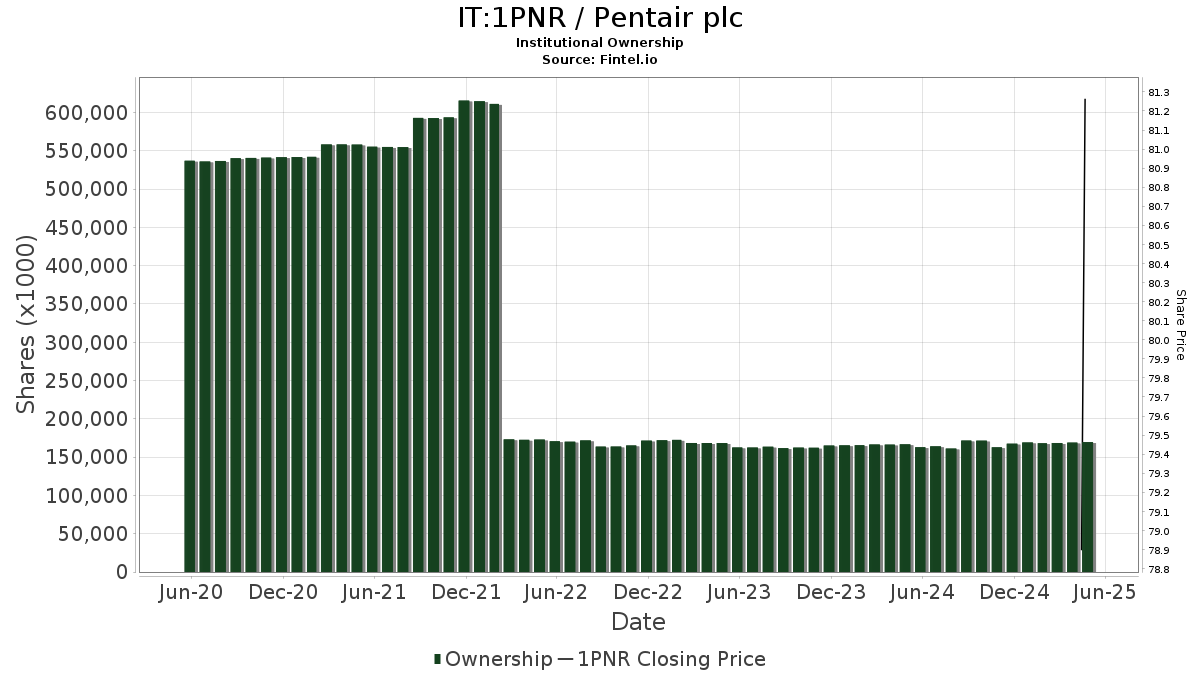Evaluating Risk and Reward in Ford and UPS Dividends
Reward is crucial in investing, but risk must be factored in too. High-yield stocks such as Ford (NYSE: F) and UPS (NYSE: UPS) illustrate this balance. Investors are eyeing potential dividends of 7.1% from UPS and 6.5% from Ford. However, concerns arise over the risk of dividend cuts from both companies. Below, we will explore which company is better positioned when assessing both reward and risk.
Dividend Risks for Ford and UPS
The challenges facing these companies are illustrated in the following table. UPS targets a dividend payout of about 50% of its earnings, while Ford aims for 40% to 50% of its free cash flow (FCF). Their initial guidance from early this year provided little confidence regarding dividend sustainability through 2025.

Image source: Getty Images.
UPS projects $5.5 billion in dividends for 2025. In contrast, Ford contributes a regular dividend of $0.15 per quarter, plus a supplemental dividend of $0.15 in Q4 2024. This indicates that Ford could allocate up to 89% of its FCF for dividends in 2025, while UPS could reach 96%.
As of early April, recent changes in the trading environment have led both companies to refrain from reaffirming their guidance. UPS experienced a disappointing drop in average daily volumes (ADV), forecasting a 9% decline in the second quarter. Meanwhile, Ford suspended its guidance amid supply chain concerns and tariff uncertainties, further dampening consumer confidence.
These deteriorating conditions indicate that both companies may have to reconsider their dividend strategies in 2025, posing investment risks for shareholders to be mindful of.
|
Free Cash Flow and Cash Dividends |
Ford |
UPS |
|---|---|---|
|
Initial full-year guidance |
$3.5 billion to $4.5 billion |
$5.7 billion |
|
Cash dividend paid in 2024 |
$3.1 billion |
$5.4 billion* |
|
Post-“Liberation Day” full-year guidance |
Guidance suspended |
No update to guidance |
Data source: Company presentations. *Management’s guidance for cash dividends in 2025 is $5.5 billion.
Assessing Long-Term Investment Potential
Given the risk of dividend cuts, a key question arises: Which stock is a better long-term hold, even if it reduces its dividend? In this case, UPS emerges as the preferable choice. Its underlying strategic direction is on a stronger trajectory compared to Ford’s.
Examining Ford’s Strategy
Ford faces a significant challenge in transitioning from internal combustion engine (ICE) vehicles to electric vehicles (EVs). The company reported revenues from three segments; Ford Blue (ICE and hybrid vehicles) generated $5.27 billion in earnings before interest and taxes (EBIT) in 2024, while Ford Pro (sales to commercial, government, and rental customers) accounted for $9 billion. However, Ford Model E (EVs and digital services) suffered a loss of $5.1 billion. Although losses narrowed to $849 million in Q1, Ford has yet to indicate it is on course for long-term success.
UPS’s Strategic Advantages
UPS, however, is taking strides towards better performance. Even if it were to reduce its dividend, such a move could reset investor expectations and highlight its ongoing shift in revenue strategy. The company is focusing more on higher-margin deliveries to small and medium-sized businesses (SMBs) and the healthcare sector, moving away from low-margin deliveries tied to Amazon.com.
UPS’s investments in automation and innovative facilities are designed to improve productivity and decrease operational costs. For SMBs, despite facing near-term tariff challenges, growth remains strong, increasing from 27% of U.S. volume in 2021 to 28.9% in 2024, with a target of 40% in the future. In the healthcare sector, the planned $1.6 billion acquisition of a cold chain transportation company is expected to double healthcare revenue from $10 billion in 2023 to $20 billion by 2026.
Investment Takeaways
Both Ford and UPS face possible dividend cuts, but UPS appears to have a more solid foundation for recovery. In contrast, Ford must navigate a challenging EV market dominated by Tesla, complicating its path forward at a critical time. UPS has made strides in enhancing its strategic focus, even amid some immediate obstacles.
Considerations for Investing in Ford
Before investing in Ford Motor Company, it’s essential to reflect on recent assessments:
The financial analysis team has identified alternatives to Ford that possess stronger growth potential. Their recent suggestions include stocks widely recognized for delivering solid returns.
See the potential alternatives »
The views and opinions expressed herein are those of the author and do not necessarily reflect those of Nasdaq, Inc.

